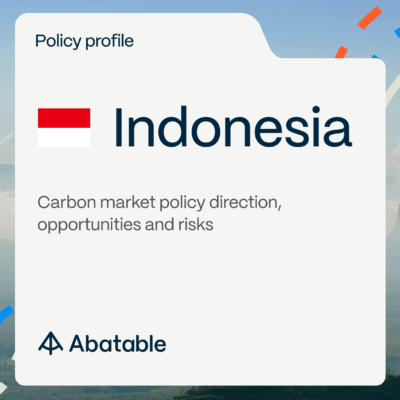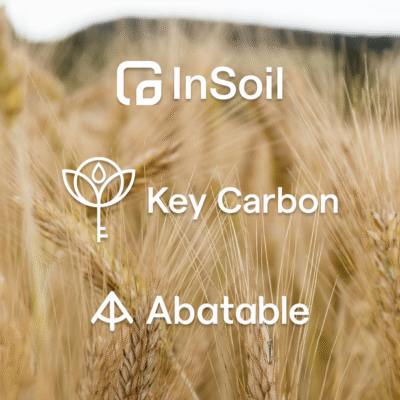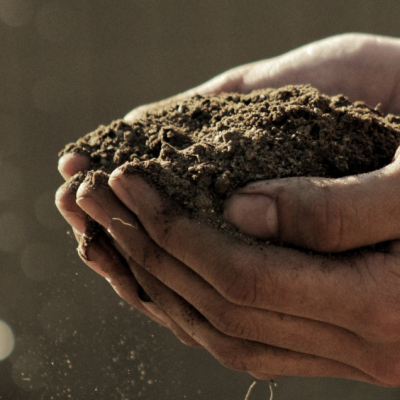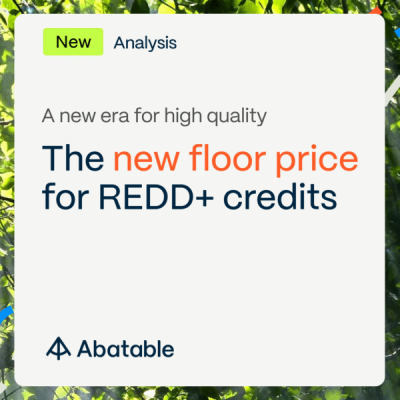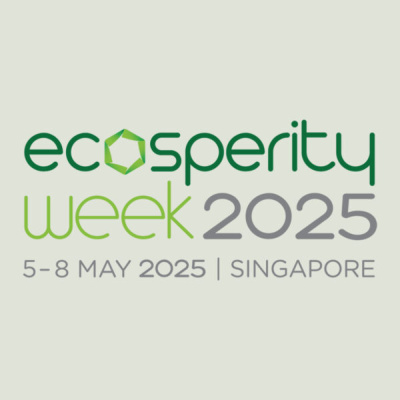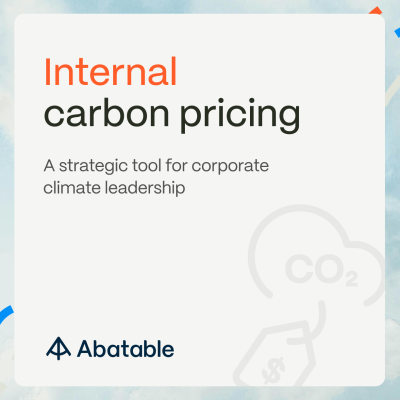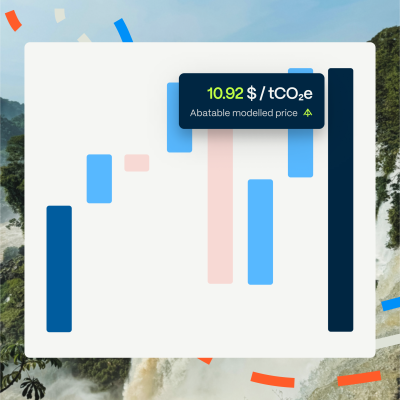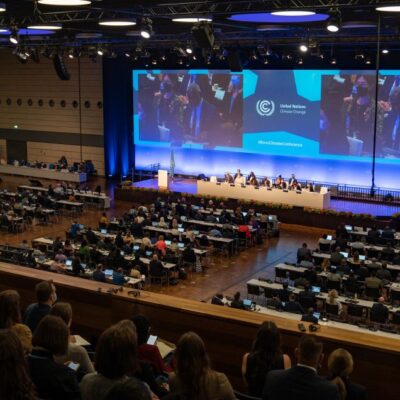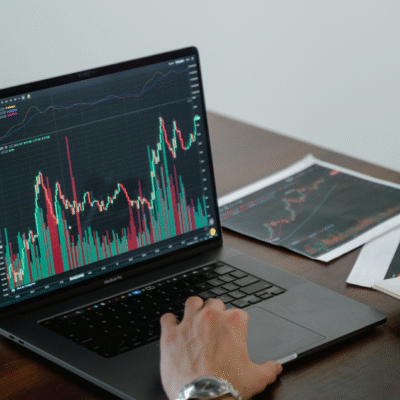Worldwide, more than one in three people depend on polluting open fires or inefficient stoves to cook their food, harming health, the climate, and the environment. According to the WHO, approximately 2.6 billion people, predominantly in Africa, continue to cook with “dirty fuels” – kerosene, charcoal, and firewood – that cause significant damage to health, particularly for women and children who spend most of their time within their homes, and for the environment at large. Four million people die every year from illnesses associated with smoke from cooking, more deaths than malaria and tuberculosis combined.
The Clean Cooking Alliance (CCA) suggests that up to 1 gigaton of carbon dioxide equivalent is produced every year from burning woodfuels, equating to about 2% of global CO2 emissions. In some countries, firewood and charcoal consumption is a major contributor to the annual deforestation rate.
In recent years, clean modern fuels, which significantly reduce the adverse health and environmental impacts, have become increasingly available and cost-competitive around the world. Today’s highly efficient stoves can reduce fuel use by 30-90%, lowering climate-harming emissions. CCA has published a comprehensive catalogue of all clean cooking technologies and manufacturers around the world.
Compared to a decade ago, millions more families now have access to and are using cleaner, more modern stoves and fuels. However, according to a recent CCA report, the absolute number of people without access to clean cooking continues to grow rapidly, outpacing the current rate of growth of clean cooking. Years of global communications and advocacy efforts have helped ensure that clean cooking can be part of many countries’ Nationally Determined Contributions under the Paris Climate Agreement. The Intergovernmental Panel on Climate Change has recognised clean cooking as a means of addressing short-lived climate forcers like black carbon.
Investment in clean cooking companies continues to grow
While investment levels are far from where they need to be, more investors are now recognising that emerging business models can tap into unrealised market opportunities. Clean cooking companies have attracted large investments from carbon offset investors over the course of 2019 and 2021, which allowed them to scale manufacturing capabilities and increase their reach.
Clean cooking companies, whether distributors or manufacturers, are leveraging carbon finance as a way to subsidise the cost of cookstoves deployment and installation and are monetising and selling voluntary carbon offsets verified under Verra or Gold Standard’s carbon verification schemes as a new source of revenues.
The economics of clean cooking projects
We describe below the (simplified) economics of clean cooking projects.
- A clean cooking stove can cost anywhere between $2 per stove to over $100 per stove, depending on the technology used and thermal efficiency characteristics of the stove. Additional costs exist for distributing the stoves to target audiences, as well as for monitoring and impact reporting.
- Each stove can yield between 3 tCO2e and up to 9 tCO2e carbon emission reductions per stove per year, depending on the baseline emissions assumed (with more frontier markets such as Somalia or Burundi having a higher emissions starting point), and based on thermal efficiency of the stoves (with more thermal efficient stoves having lower project emissions).
- The carbon crediting period is between five and 10 years (seven years under Gold Standard’s methodology, and 10 years allowed under Verra’s Verified Carbon Standard).
- Usage rate of stoves over the carbon crediting period varies widely, and is often expected to come down over time. The longer the verification period, the lower usage rates are expected over time. A donation-led model (where the cookstove is fully subsidised and donated by the carbon project developer) and a sales-led model (where the stove is paid in full or partially by the end user) can yield largely different usage rates. Donation-led models have on average lower utilisation rates and higher leakage risks than sales-led models, as in some cases recipients decide to re-sell the stoves in the secondary market.
- Current prices of carbon credits in the market range between $7 to over $10 per carbon credit, depending on vintage, project and developer quality.
What are the main types of clean cooking projects?
Equally, not all clean cooking solutions used within carbon project implementation are the same. Below is an overview of technologies and solutions providers actively participating in the carbon markets.
Technological sophistication varies widely, from very basic improved cookstoves, like the ones implemented first by US-based carbon project developer C-Quest in Malawi, and who received large backing from Macquarie, Shell and BP, to intermediate improved cooking solutions used in projects developed by Toyola, Man, UpEnergy and AERA.
One example of the largest suppliers of improved cookstoves is manufacturer and developer BURN, which distributes products throughout Africa using carbon financing to heavily subsidise their price. The company has established a vertically integrated value chain, based entirely in Africa, with manufacturing facilities located in Kenya. BURN produces some of the highest-efficiency and lowest-emission natural-draft biomass stoves, with 3 million stoves manufactured to-date.
Burn has recently launched a carbon-funded electric cooking suite designed for Africa that aims to completely displace charcoal and wood and offer zero-indoor-emissions cooking.
Some of the most advanced cooking solutions used across carbon projects include bio-ethanol cooking stoves. Bio-ethanol is now becoming scalable as a cooking solution for urban Kenya, given innovations that leverage localised distribution technology and existing downstream infrastructure.
KOKO Networks, a hardware and software technology company, is building a renewable energy distribution network of bio-ethanol fuel ATMs in Kenya’s fastest-growing cities to power clean cooking. KOKO’s model relies on the monetisation of carbon credits as a way to drive down the very high capital expenditures and operational costs of its bio-ethanol and close the affordability gap in the market. The project in our view is highly additional and the most impactful from an environmental perspective, as it leverages carbon finance to close the affordability gap of bio-ethanol relative to charcoal, and contributes to displace the $30bn charcoal industry which is a leading cause of deforestation in Kenya.
What’s in store for the future of clean cooking projects?
Abatable has recently published as part of this year’s The State of the Carbon Developer Ecosystem Report a table of Top 25 household and cookstove developers. Data suggests that most of the future carbon credit issuances are expected to come from carbon projects developed by C-Quest and UpEnergy. C-Quest is expected to add close to 33 million of carbon credits a year alone from new projects certified under Verra, this is nearly 3x the amount added by UpEnergy, the second largest contributor to the future expected pipeline.
C-Quest’s projects use basic improved cooking solutions made of bricks, clay and metal components to optimise combustion and heat transfer which cater for the poorest rural African contexts. Those projects have raised concerns given the very low cost of project implementation and low level of technology sophistication, as well as being developed under Verra which, in Abatable’s view, has a less stringent methodology compared to Gold Standard when it comes to ongoing monitoring and verification. C-Quest has developed a partnership with Macquarie’s carbon trading desk, to develop a program to deploy clean cookstoves to rural communities that use open three-stone fires across Sub-Saharan Africa. In November 2022, C-Quest has also announced the launch on Xpansiv, an environmental commodities exchange, of a new reference contract and price benchmark for cookstoves carbon offset projects, called “Sustainable Development Global Emissions Offset™” (SD-GEO™). Since launch, SD-GEO prices have come down from $11 to approximately $7 per tonne traded.
We’re writing this article to educate potential buyers of clean cookstoves projects on design biases that exist in the market today with reference pricing and contracts reflecting what we believe to be lower quality carbon offset projects.
We want to bring to the attention to the fact that not all stoves cook the same. As explained in the opening paragraphs, we believe that cleaner cooking solutions are a vital solution that can truly contribute to reducing global emissions and transform people’s lives.
While carbon finance can be catalytic in subsidising cleaner stoves which tend to be more expensive relative to business as usual, and can be highly additional, appropriate diligence should be conducted to understand the nuances of each project and assess how different technologies can be suitable to the local context. Diving deeper on economics of projects is key to be able to understand revenue potential from the sale of carbon credits relative to implementation costs.






